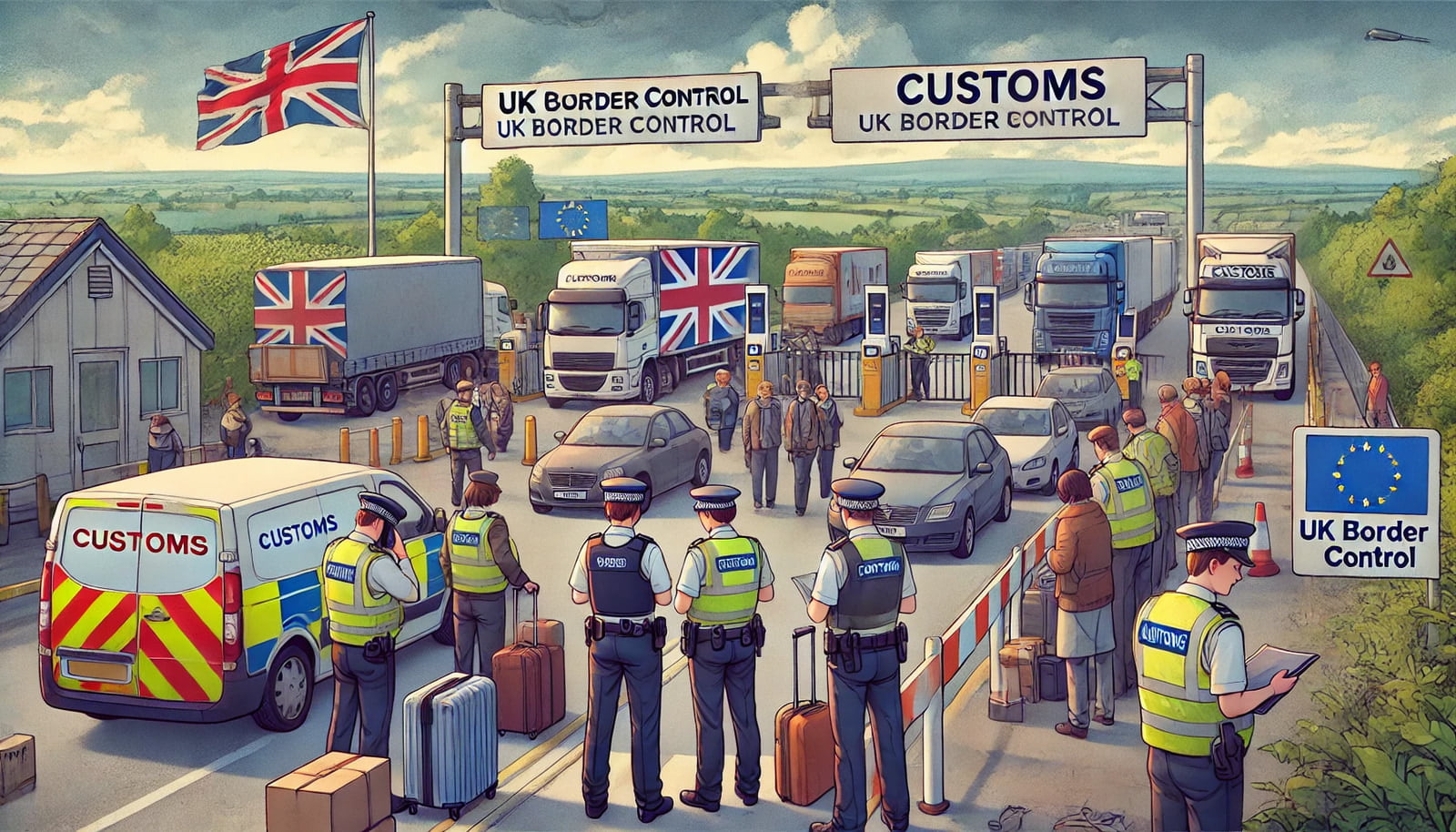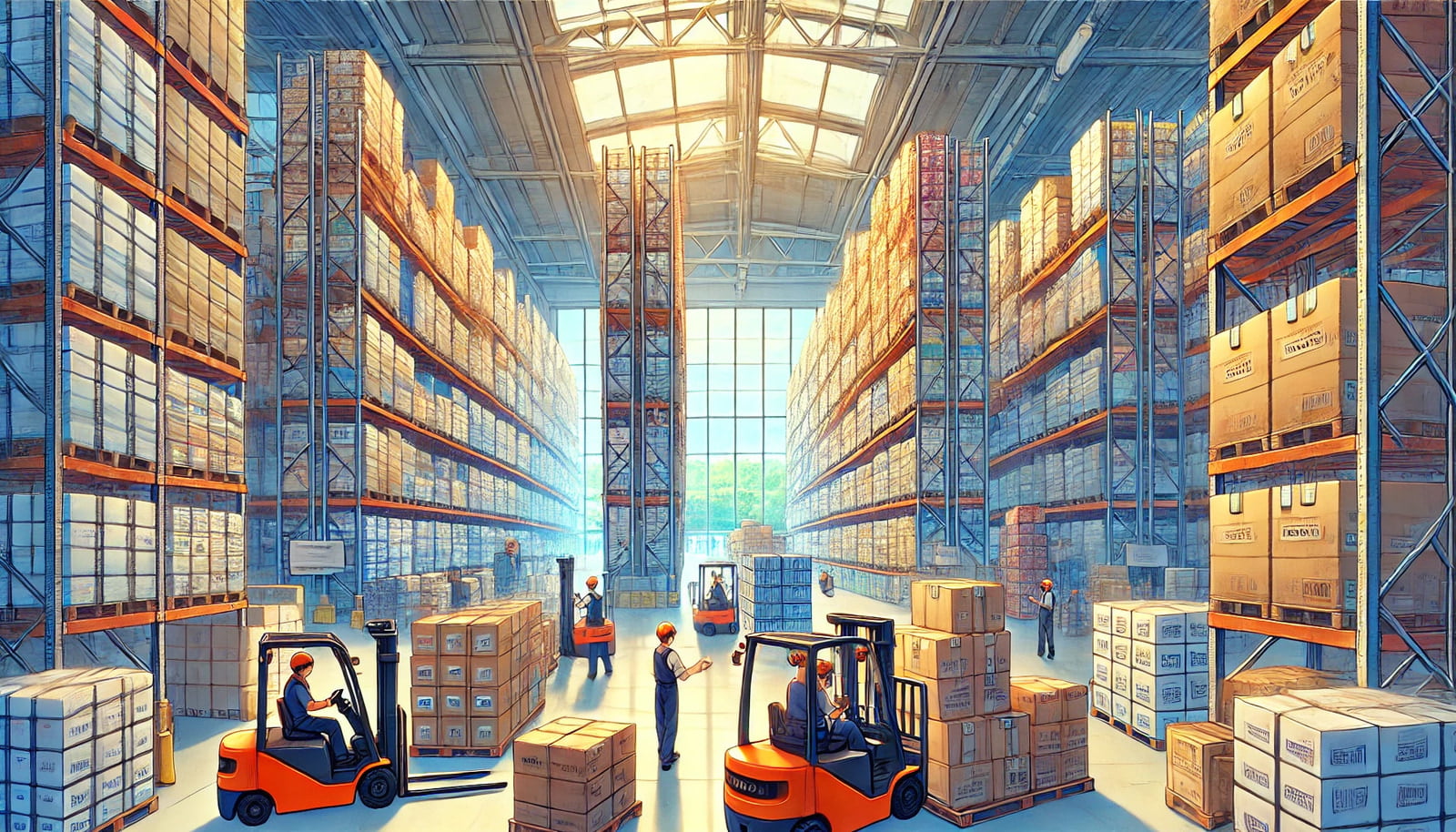
Global trade has created an intricate network of suppliers, manufacturers, and distributors who rely on efficient and affordable shipping to bring products across borders. But one major factor that impacts the shipping industry is tariffs. Tariffs can drive up costs, alter trade routes, shift market dynamics, and even disrupt global supply chains. Understanding how tariffs influence shipping can provide valuable insights into international trade's complexity and the far-reaching impacts of policy decisions.
1. What Are Tariffs and How Do They Work?
A tariff is a tax imposed by a government on imported goods and services. There are several types of tariffs, including:
- Ad Valorem Tariffs: Taxes based on the value of the goods, calculated as a percentage of the item’s value.
- Specific Tariffs: Taxes levied as a fixed fee per unit (e.g., $100 per ton).
- Compound Tariffs: A mix of ad valorem and specific tariffs.
Countries often impose tariffs to:
- Protect domestic industries by making imported goods more expensive.
- Generate revenue for the government.
- Influence foreign trade and support political and economic agendas.
When applied, tariffs increase the cost of imported goods, which can influence consumer prices, profit margins, and supply chains. However, tariffs also have a significant impact on the logistics of moving goods across borders.
2. Tariffs and Their Direct Impact on Shipping Costs
Tariffs don’t directly increase the operational costs of shipping (such as fuel, labor, or equipment), but they can significantly impact the overall cost of goods transported. When tariffs are imposed, businesses may adjust shipping strategies to mitigate costs:
- Absorbing Tariff Costs: Companies may choose to absorb these additional costs, which can reduce profit margins and lead to higher prices for consumers.
- Shifting Costs to Consumers: Often, companies pass tariffs onto consumers, increasing retail prices.
- Seeking Alternative Shipping Routes: Some companies may reroute shipments through other countries to reduce or avoid tariffs, which can increase transit time and complexity.
Example: In 2018, when the U.S. imposed tariffs on various Chinese goods, companies that imported from China were suddenly faced with higher costs. Some rerouted goods through neighboring countries or altered their supply chains to avoid paying tariffs, leading to increased transportation costs and delays.

3. Real-World Examples of Tariffs Impacting Shipping.
Example 1: The U.S.-China Trade War (2018–2020)
During the U.S.-China trade dispute, the U.S. levied tariffs on approximately $550 billion of Chinese goods. In response, China imposed tariffs on about $185 billion of U.S. goods. The shipping industry was profoundly affected:
- Rerouting Cargo: To minimize tariffs, companies restructured supply chains to reduce dependence on China. Some companies moved production to Southeast Asia, shifting shipping routes from China to Vietnam, Malaysia, and Thailand.
- Container Shortages and Higher Shipping Costs: The increased demand for shipping services in Southeast Asia led to container shortages and price surges for shipping companies operating in those regions.
- Port Congestion: With ports like Los Angeles and Long Beach in California heavily receiving redirected goods from other Asian countries, congestion and delays became rampant.
Example 2: U.S. Steel and Aluminum Tariffs (2018)
The U.S. imposed tariffs of 25% on steel and 10% on aluminum imports, primarily affecting Canada, Mexico, and the European Union. The impact on the shipping industry was immediate:
- Increase in Domestic Production Demand: Many U.S.-based manufacturers increased reliance on domestic steel, which in turn affected the shipping industry by reducing the volume of imported steel and aluminum.
- Rising Shipping Costs for Alternative Suppliers: Countries not subject to the tariffs, like Brazil and South Korea, saw increased shipping demand, which temporarily drove up shipping rates due to the high volume of orders.
Example 3: Brexit and Tariffs in the EU-UK Trade Relationship
Following the United Kingdom's exit from the European Union, new trade agreements included tariffs on certain goods. For the shipping industry, Brexit led to:
- Increased Documentation and Border Checks: Goods moving between the UK and EU now face customs checks and additional documentation, leading to longer transit times and higher administrative costs.
- Higher Shipping Costs: The increased demand for customs brokers and transportation services in the UK has driven up costs.
- Rerouting and Delays: Some companies have adjusted supply chains to move goods through non-EU countries to reduce costs, leading to extended shipping times and higher storage fees.
4. The Indirect Effects of Tariffs on Shipping.
Tariffs have ripple effects that influence more than just the cost of goods:
- Increased Inventory Costs: Importers may stockpile goods before tariffs are enacted, which can cause congestion in warehousing and lead to an increase in inventory costs.
- Shifts in Transportation Modes: In some cases, companies may switch from air freight to sea freight, or vice versa, depending on cost efficiency and urgency.
- Labor Impacts: Ports that experience surges or drops in demand for certain goods may need to adjust labor accordingly, which can affect workers in the shipping and transportation sectors.
Example: In response to tariffs on Chinese goods, several U.S. companies shifted from "just-in-time" inventory strategies to preemptively stockpiling goods, which increased warehouse occupancy rates by as much as 5-10%.

5. Adaptations and Strategies to Mitigate Tariff Effects in Shipping.
Businesses and shipping providers often employ strategies to mitigate the impact of tariffs:
- Diversifying Supply Chains: Companies increasingly source materials from multiple countries to reduce dependency on a single supplier. For instance, many companies shifted part of their production from China to Vietnam and Thailand.
- Bonded Warehouses: Bonded warehouses allow businesses to store goods without paying tariffs until they enter the domestic market, delaying tariff payments and reducing immediate financial pressure.
- Duty Drawback Programs: These programs refund certain tariffs if goods are later exported, benefiting companies that re-export imported products.
Example: Amazon, for instance, set up bonded warehouses in Europe to avoid immediate tariff payments and streamline distribution, allowing them to pay tariffs only on goods that they planned to sell within the country, saving costs on re-exported items.
6. Looking Ahead: Tariffs and the Future of Shipping.
Tariffs are likely to remain a central tool in trade negotiations and economic strategy. As companies strive to reduce costs and manage supply chain efficiency, the shipping industry will continue to adapt to these pressures. Technological advancements in shipping logistics, such as real-time tracking and AI-based route optimization, can help companies manage tariffs by finding faster and more cost-effective shipping methods. Additionally, strategic partnerships with logistics providers will become more common, allowing companies to secure better rates and flexibility.
Conclusion.
Tariffs can increase shipping costs, shift trade routes, and alter global supply chains. As governments continue to use tariffs as economic levers, businesses and shipping providers will need to remain agile, adapting their strategies to stay competitive. Whether through rerouting shipments, diversifying suppliers, or utilizing bonded warehouses, companies have various ways to mitigate tariff impacts. Understanding how tariffs affect shipping empowers businesses to make informed decisions that protect profit margins and maintain customer satisfaction in an increasingly complex global market.


